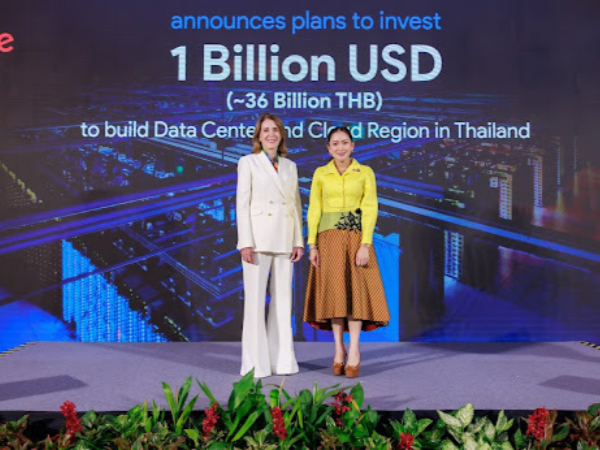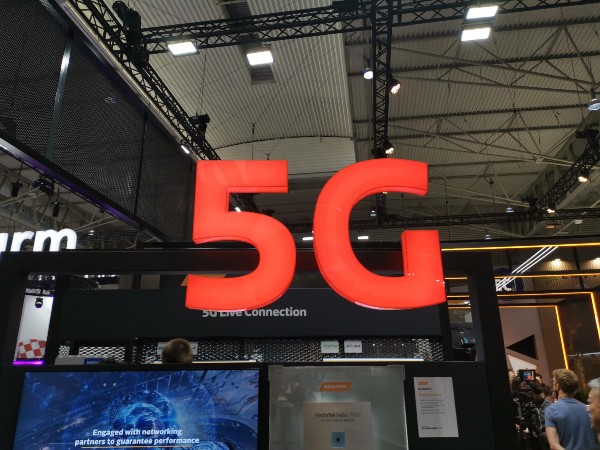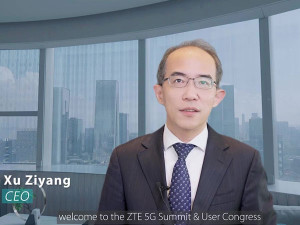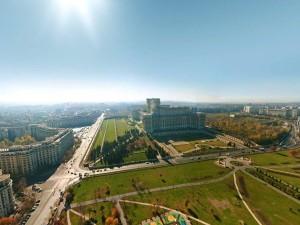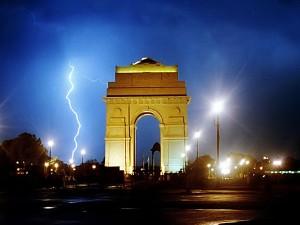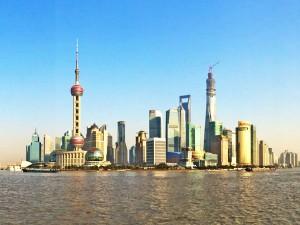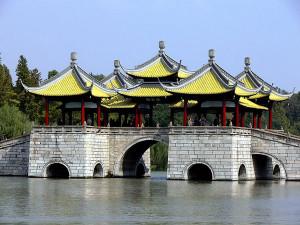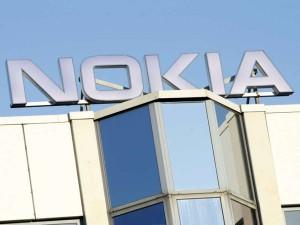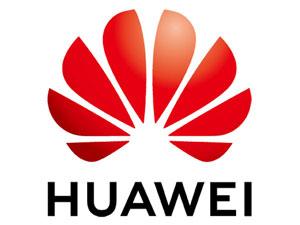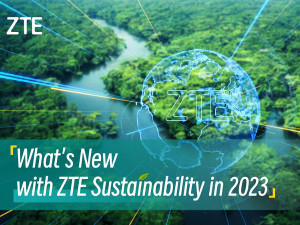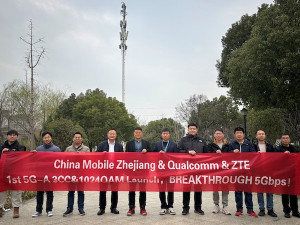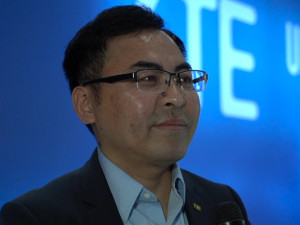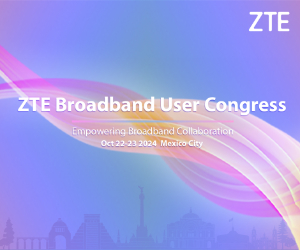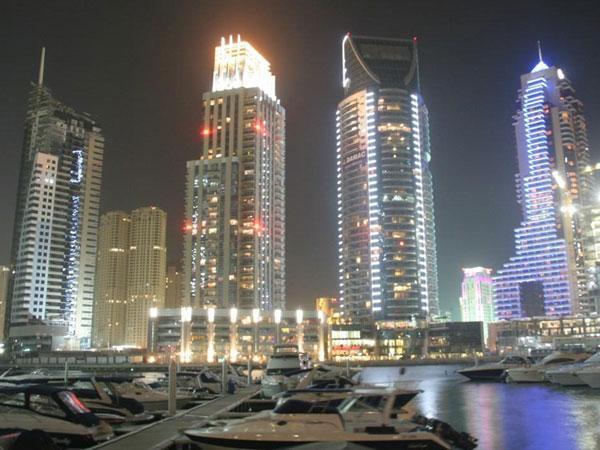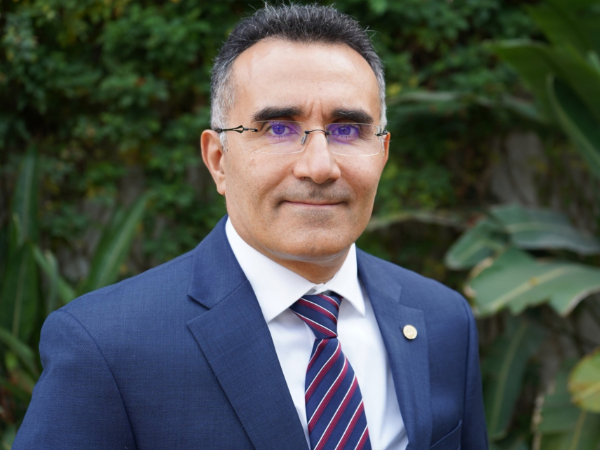At the recent Global 5G Event in Valencia, we caught up with ZTE’s Alex Wang and Hu Kun to discuss 5G strategy, equipment security, and the challenges that different regions pose to the deployment of the technology.
What are ZTE bringing to the show this year?
AW: We have a large field trial of a standalone 5G network underway with Orange Spain in Valencia (where the event is being held) – we are working with Orange on a number of applications at this event. This is a very good showcase of 5G’s potential, and our standalone 5G network is essentially a test of the 5G technology – it’s very good proof that 5G works perfectly in any environment, especially a standalone environment. Consumers may not be able to see this technology but it provides the foundation for all of these applications – we have technology as the enabler, and on top of that Orange and our partners are building the interesting applications for consumers. 5G is a core technology for ZTE as a vendor and Orange as an operator so we hope to further our cooperation in this area.

Is the standalone trial a forerunner for deployments worldwide?
This trial with Orange is the very first standalone field trial in Europe, but we started this even earlier in China. Combining these footprints means that the model can be copied to any country in the world. China has a lot of varied geographies – although it’s very big, which provides economy of scale, the challenge of the Chinese environment is that the landscapes are very different from Europe. In particular, cities such as Beijing and Shanghai have many buildings that are over 300 metres tall, but you seldom see these in European cities, so the scenario for mobile networks is very different – and the network solution needs to fit into the local environment.
What are the key use cases for 5G? Are operators going to be willing to soak up the additional expense that 5G deployments will incur?
When operators make decisions on how to invest in 5G, they have to consider both the technology itself and the cost of investment, as well as the applications because ultimately it’s the users who are driving the need. 5G is interesting as a lot of these ‘users’ will actually be machines - IoT is one of the strongest use cases. What we’re seeing with the first 5G deployments is that the foundation is enhanced mobile broadband; 5G can bring us higher speed, large capacity for high throughput, and fancy new applications beyond just video streaming – maybe VR and AR style applications. We may even start to see the next innovations in smartphones, which might not resemble the devices we know today – it’s hard to predict what will happen in the next three to five years.
There’s another stream that’s very important to businesses and industries – application services. Globally, we’re seeing a trend of industries all trying to automate their manufacturing and logistics processes, trying to utilize mobile technologies to digitize their business. This manifests as smart transport management for factories and supply chains, but we’re also seeing applications benefit society in terms of digitized education and healthcare services, as well as environment protection schemes that measure water and air pollution. Beyond this, there will be connected devices – with 4G we’ve already seen NB-IoT, but with 5G we have Massive Machine-Type Communications (MMTC). This will provide much higher capacities; potentially millions of connected devices in a certain area. Power management will be much more efficient – today, you’d send a fuel engineer to replace a battery, but this isn’t cost effective. With 5G network design, we can make things more power efficient with machine-type communications. This balances the technology costs.
On the subject of costs, 5G networks will require significantly more power than their predecessors – how will operators be able to adjust to this expense?
This is very important – on the consumer end of things, devices will use less power, which is a positive. However, on the infrastructure side of things, the total power consumption is higher than for 4G. This is because operators typically have a larger 5G spectrum holding than for 4G; it can be five times as much (100MHz as compared to 20MHz). However, if we look at power consumption per bit, then this is actually much lower than 4G, and with the technology maturing as solutions improve, then power consumption will be dropping dramatically in the next three to five years. Every few years we have new generations of chipsets which use less power.
As a Chinese firm, you must be facing a lot of concerns in Europe over the security of your equipment. What are you doing to address this?
HK: Security is a very hot topic, especially in Europe. We are doing our best to show that we are transparent, and the results of these efforts are delivering very positive feedback. Recently we started several important initiatives regarding cybersecurity; we’ve opened a Chinese cybersecurity centre at our headquarters in Nanjing, and one week later we opened one in Rome. Next month we will launch one in Brussels at the headquarters of the European Union, and these different labs give concerned stakeholders a chance to verify our security and explore their concerns in a scientific way, as well as providing a perfect platform for the company to discuss how to mitigate security issues with governments, other companies and other interested parties.
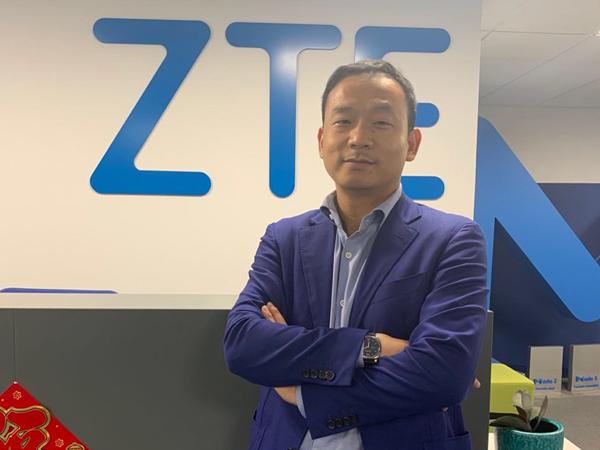
Every country has its own way of addressing security; national policies are directed towards the entire industry rather than towards specific companies. Governments are telling us that they will not discriminate towards any specific companies, which I appreciate a lot – this is the right way to consider the industry. It’s global – it’s not a matter of where the company is from. The solutions we deliver are the same the world over – verifications for our solutions stand in whichever market they are present.


